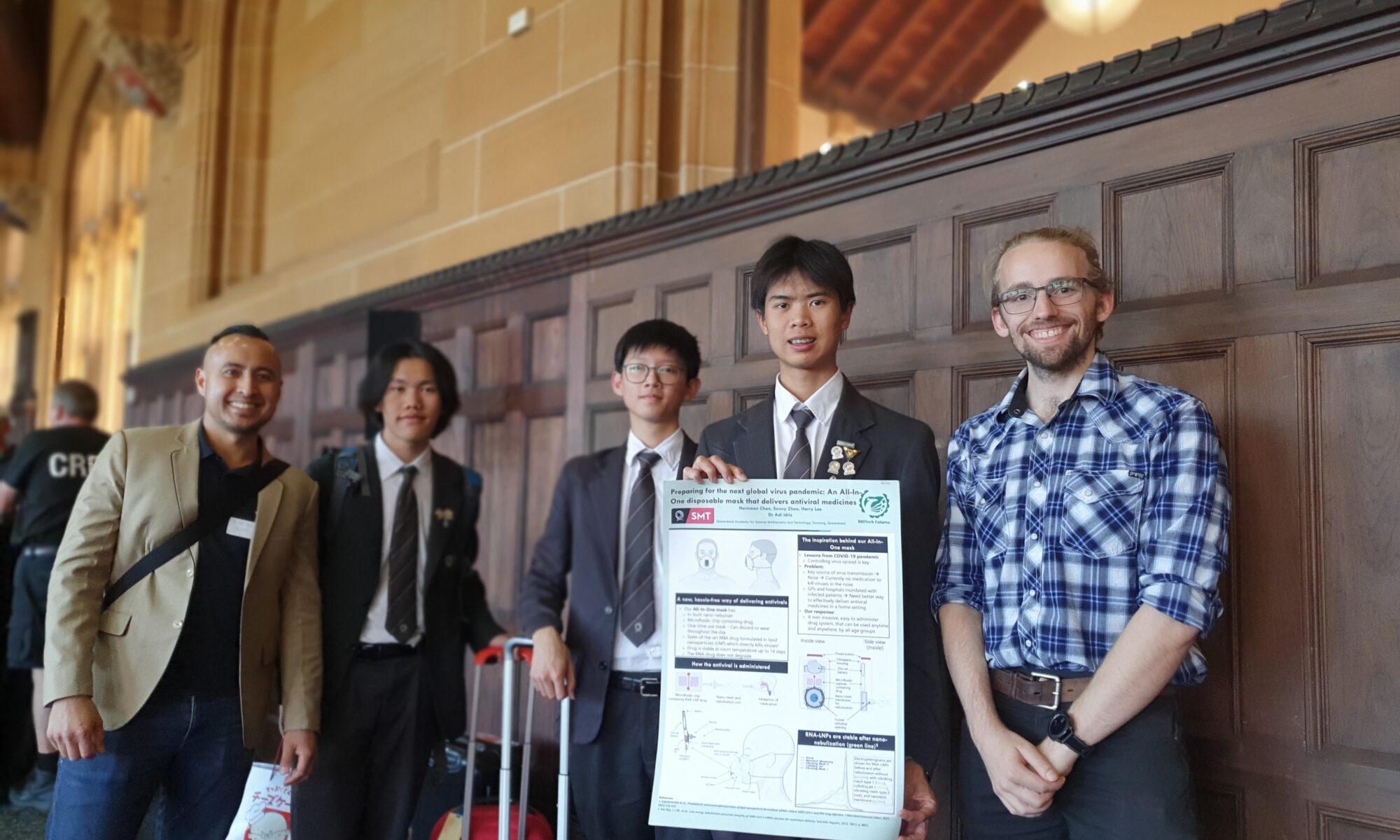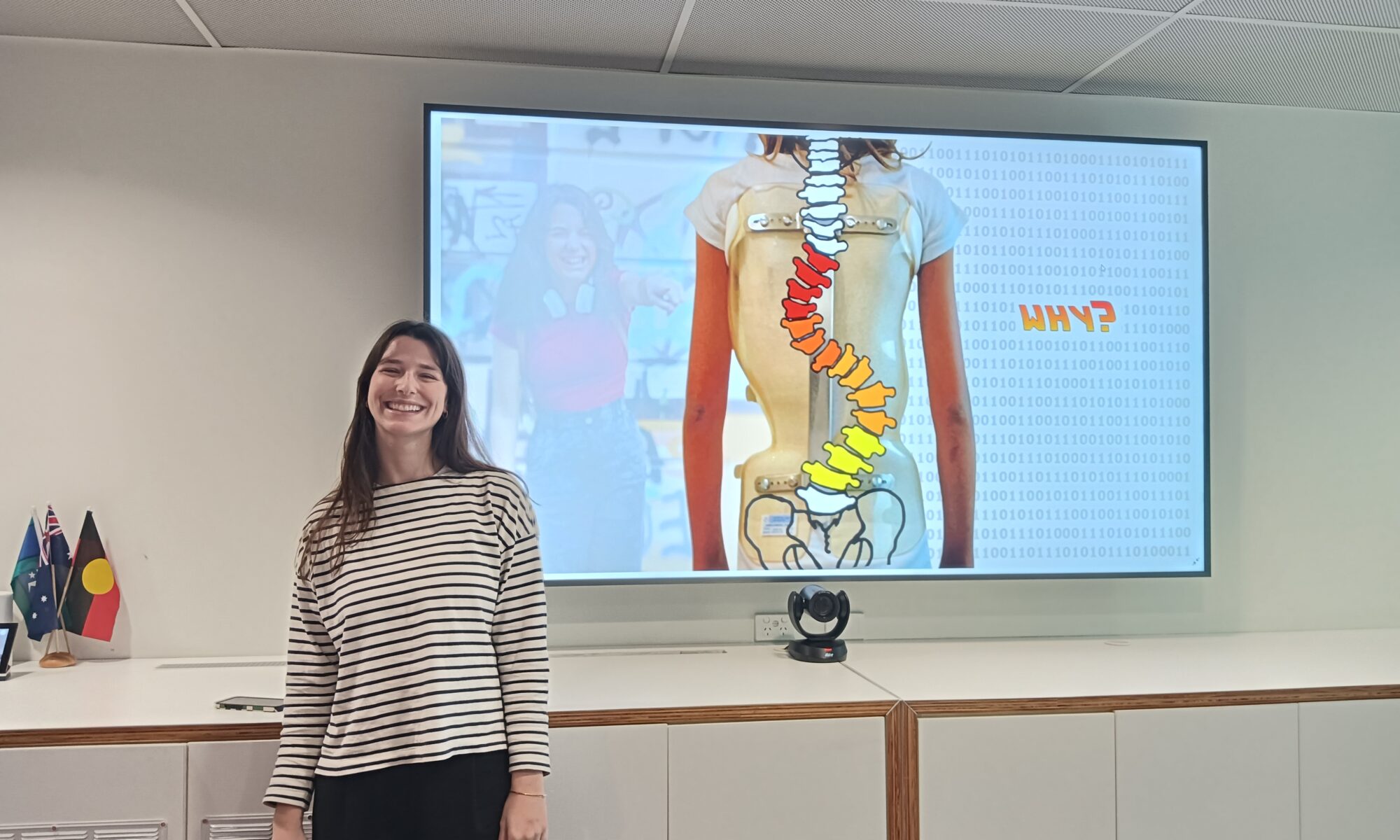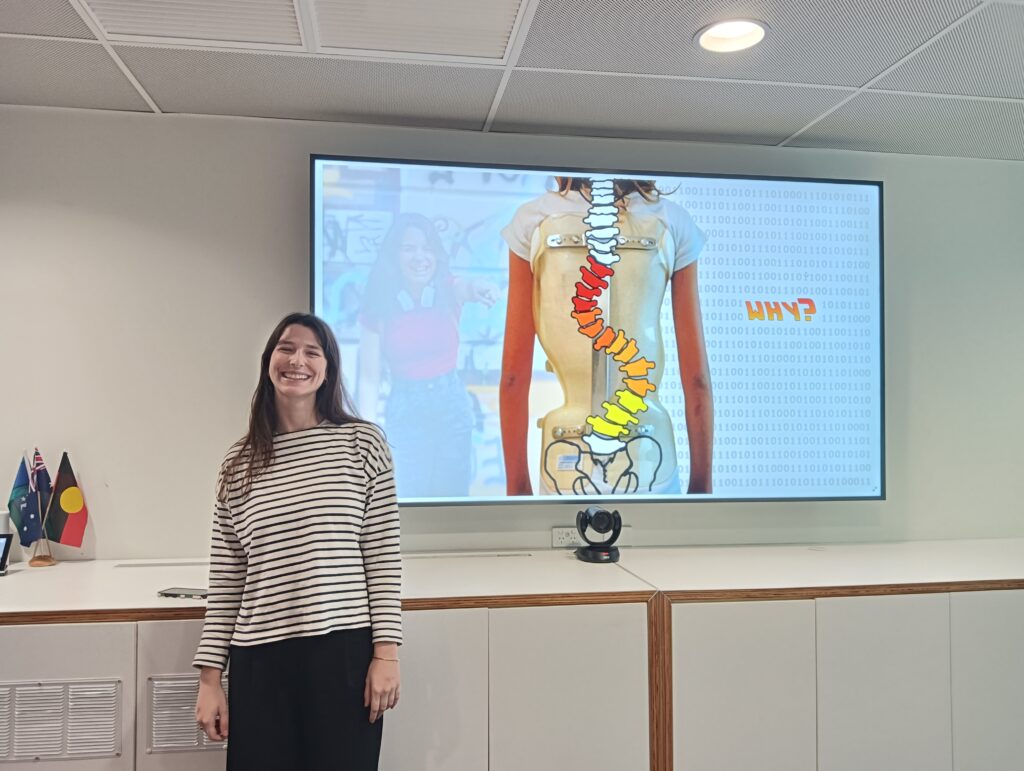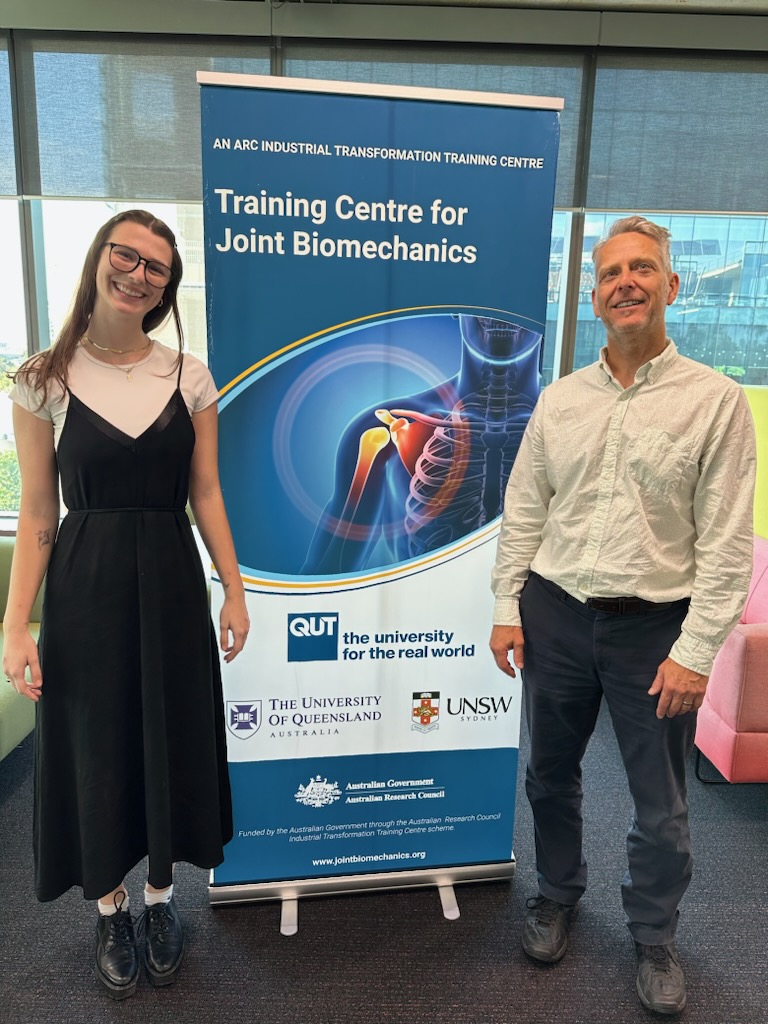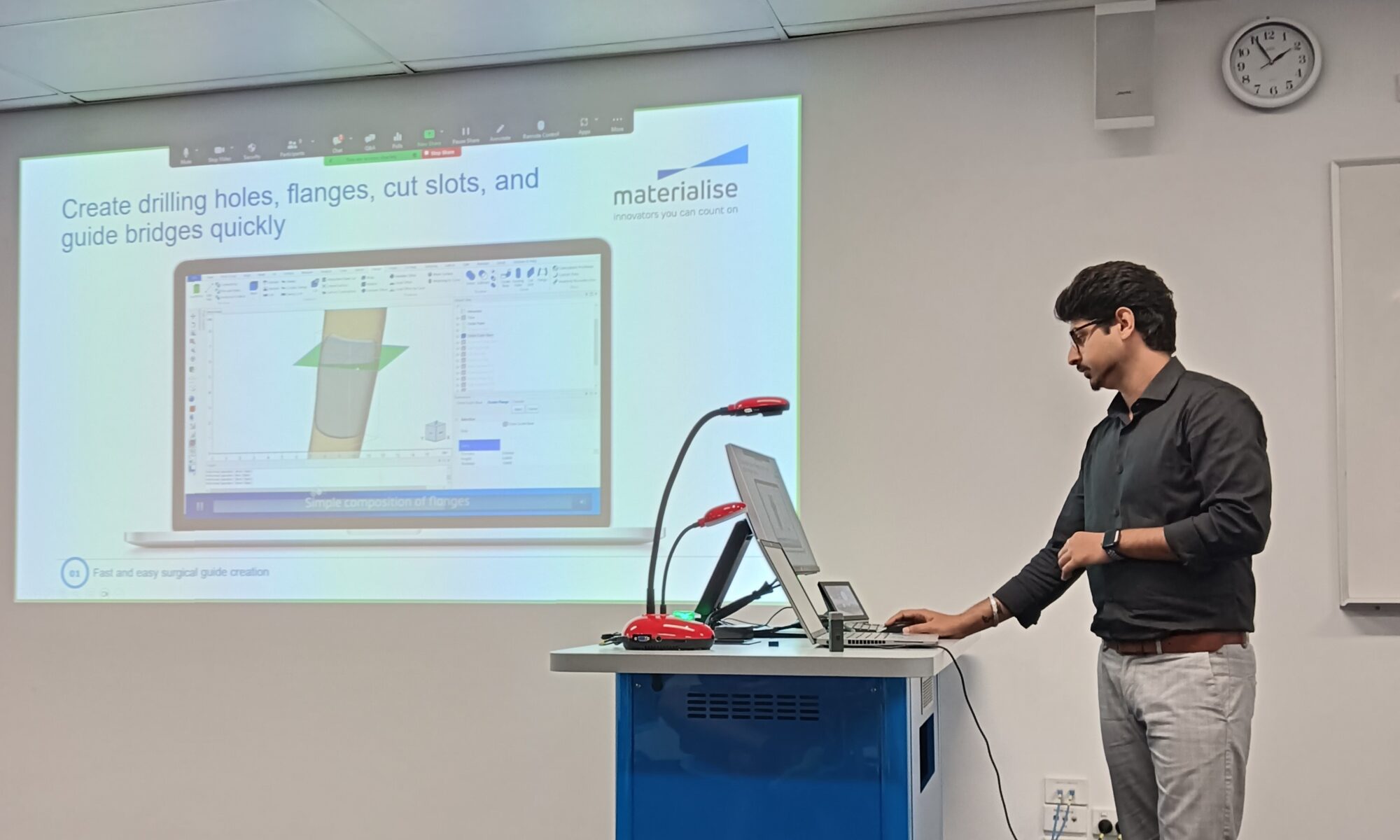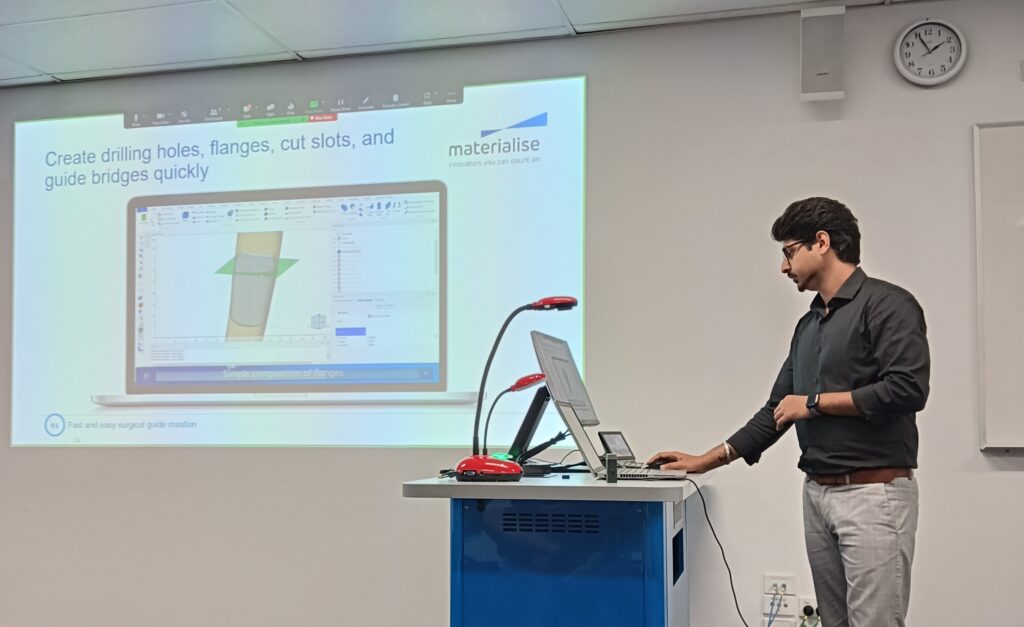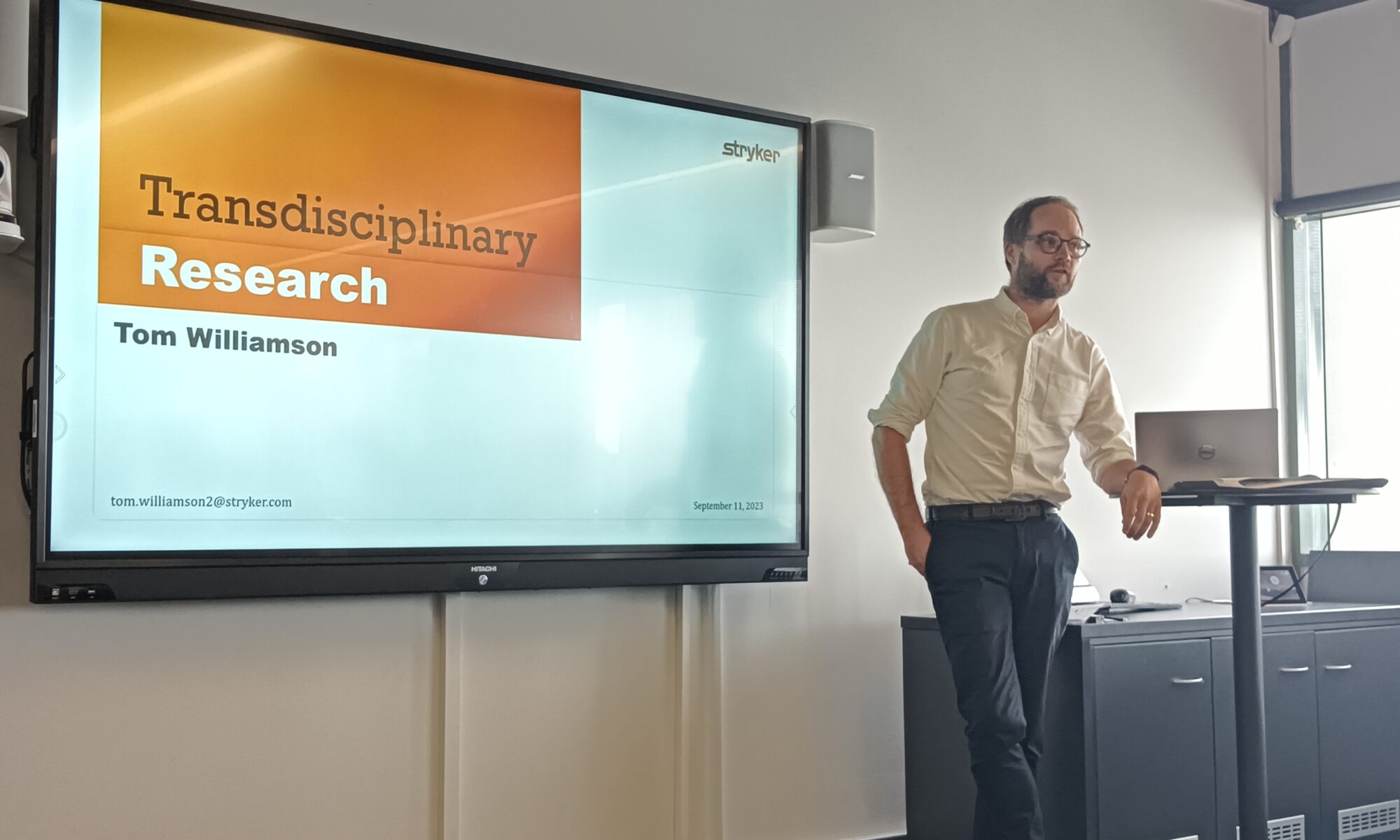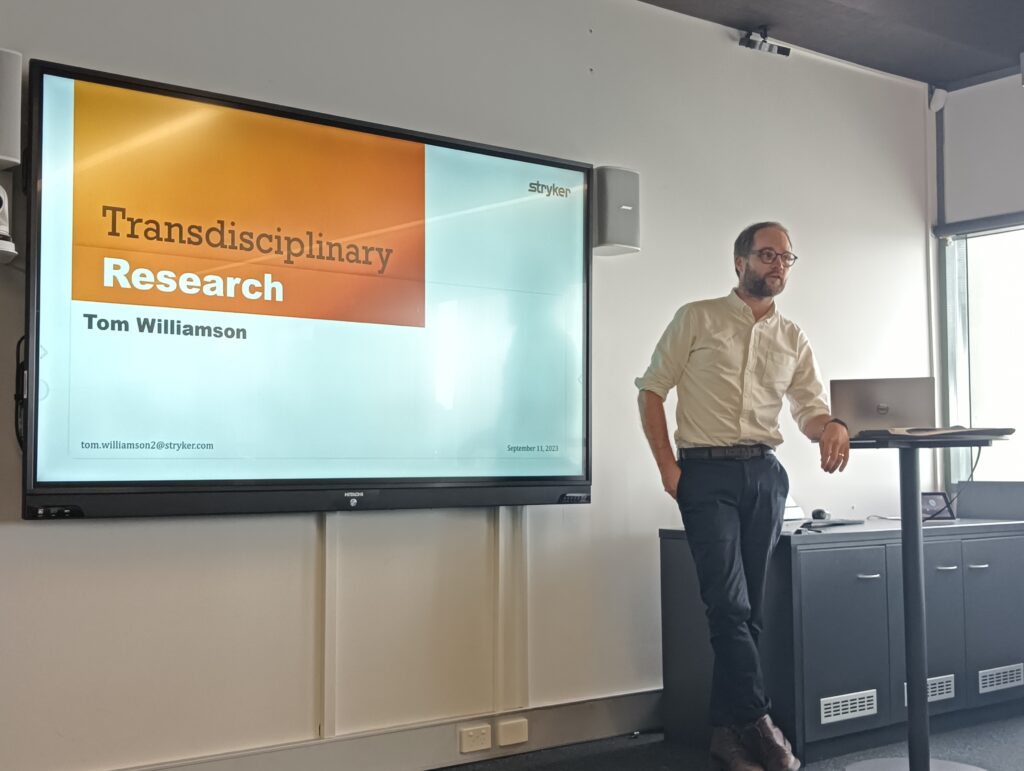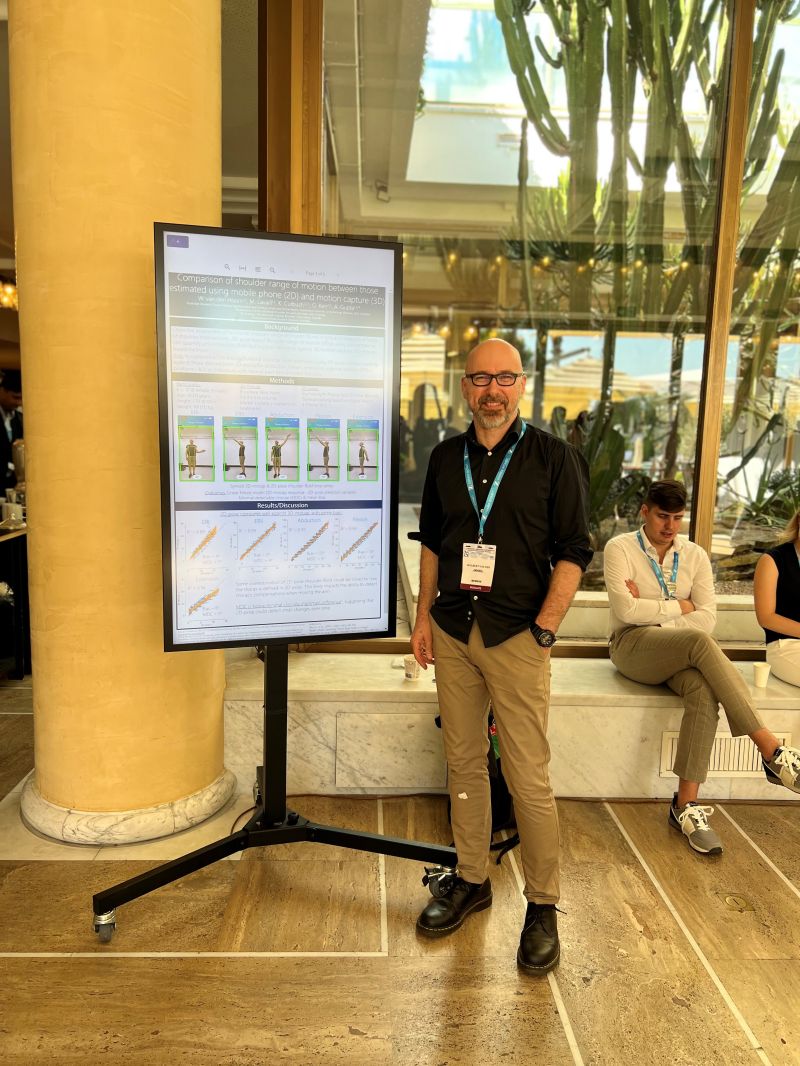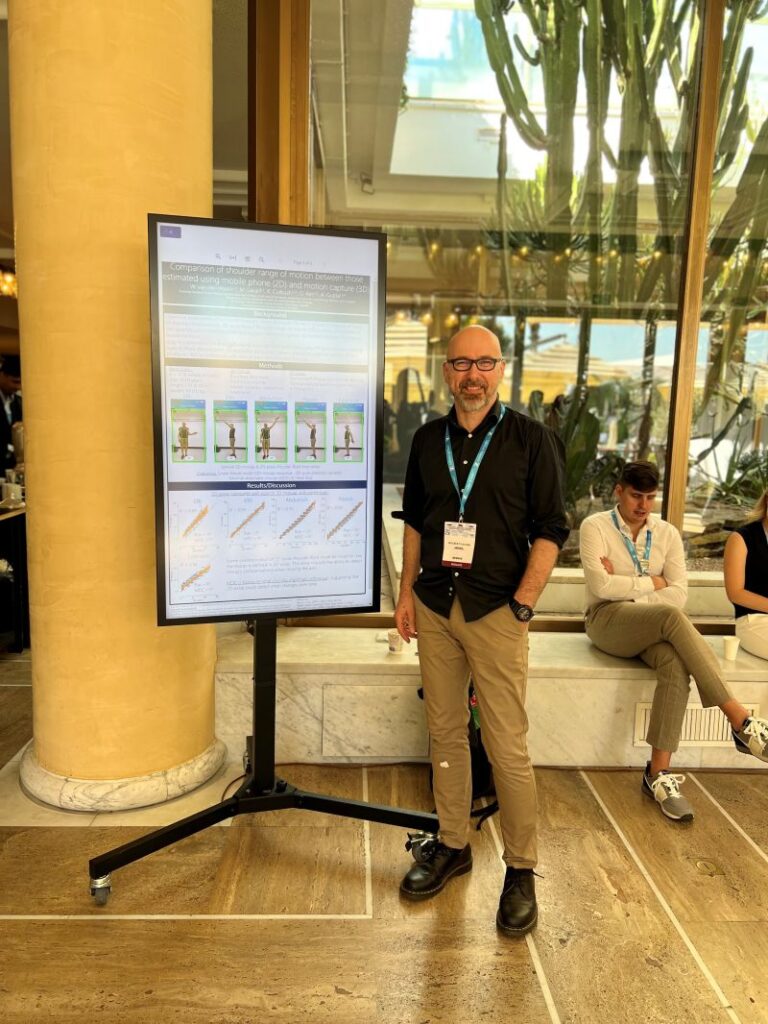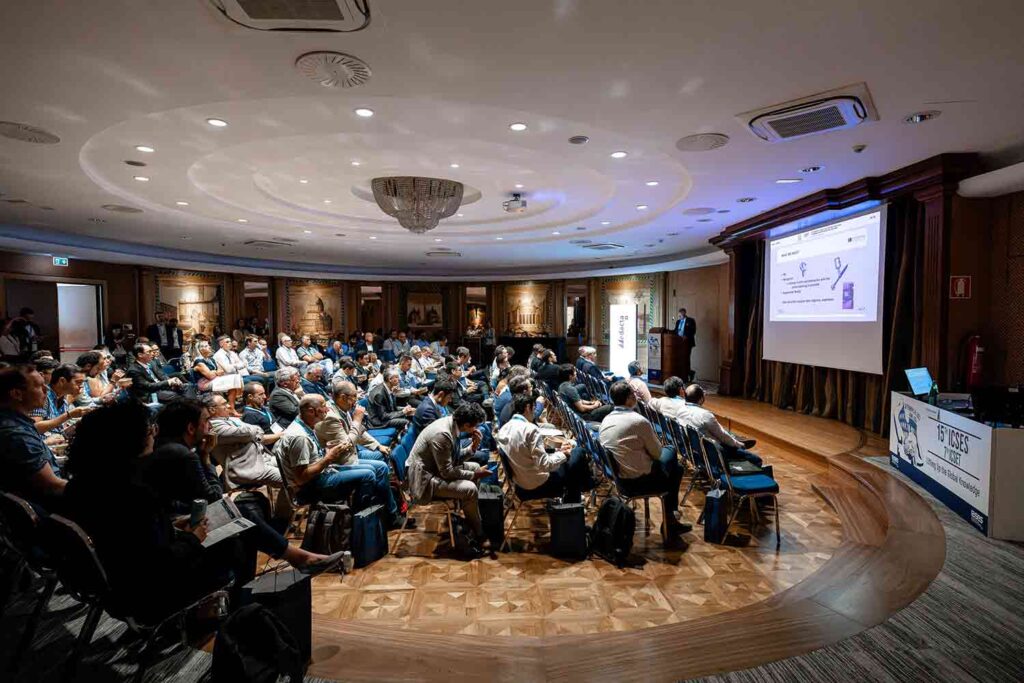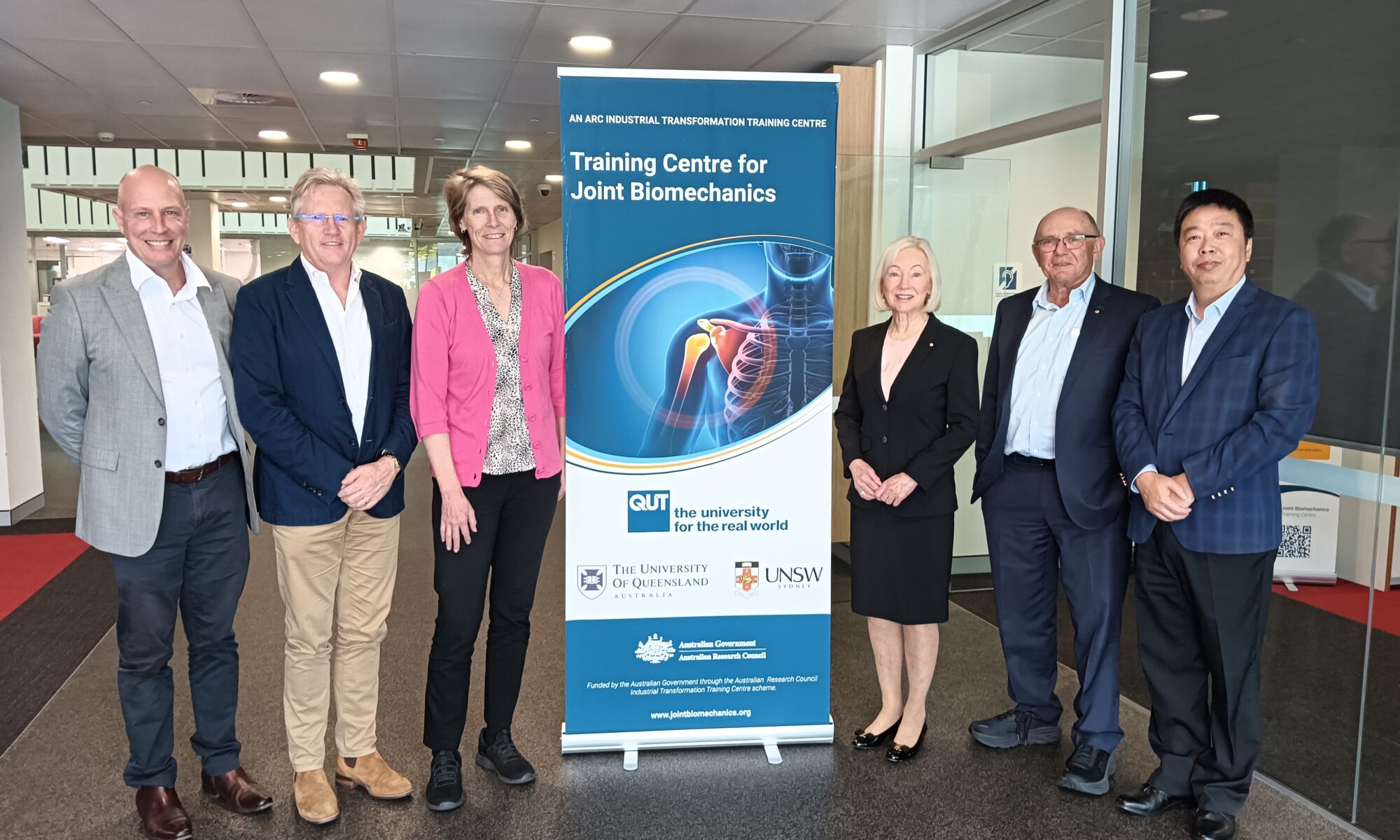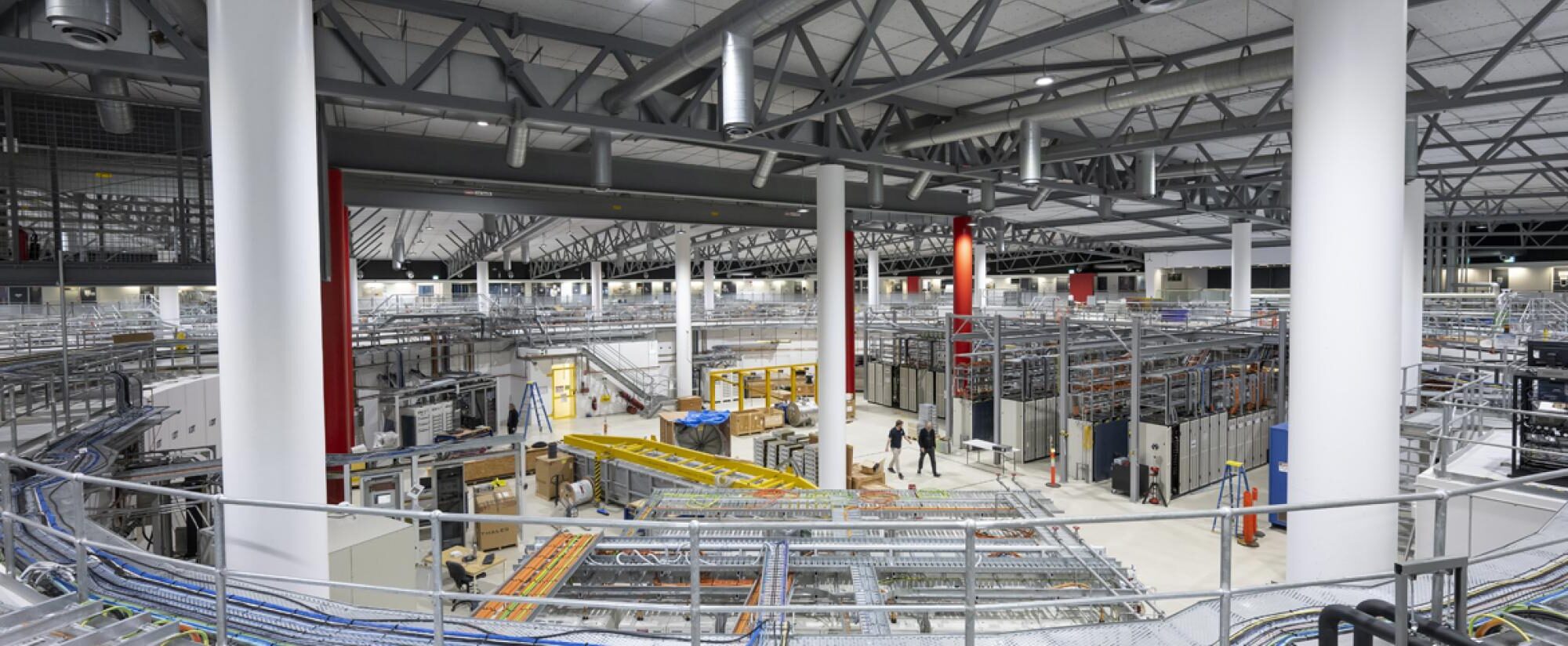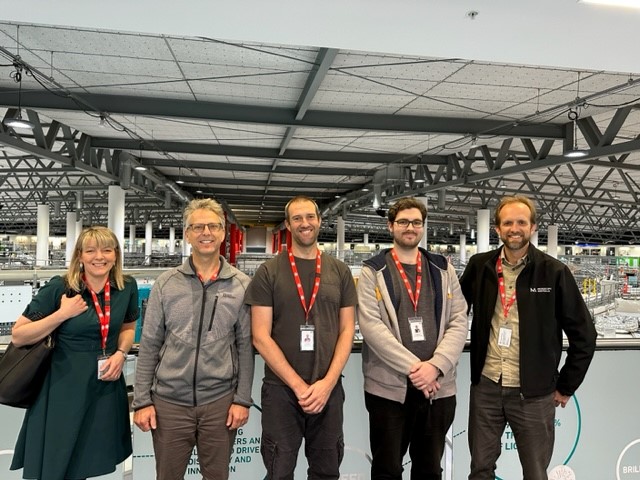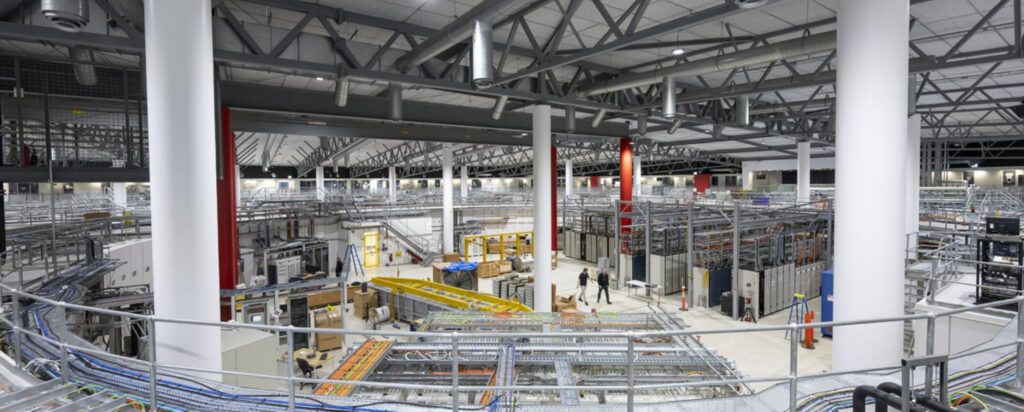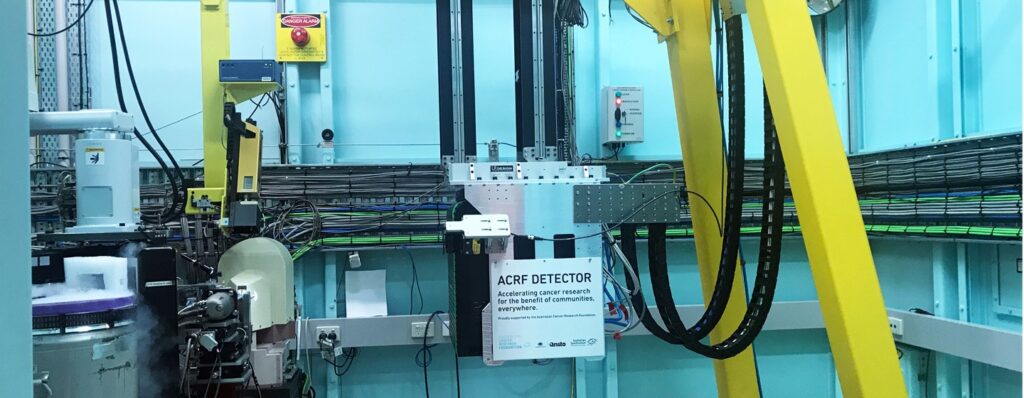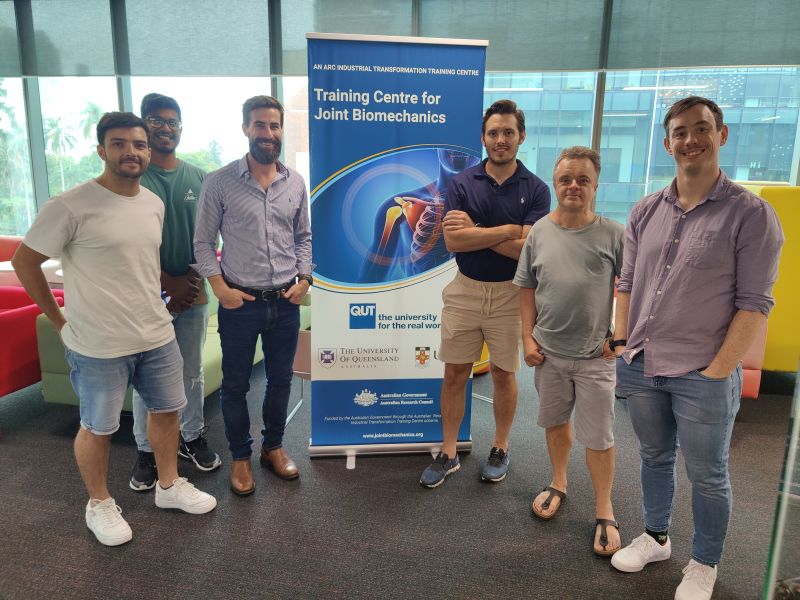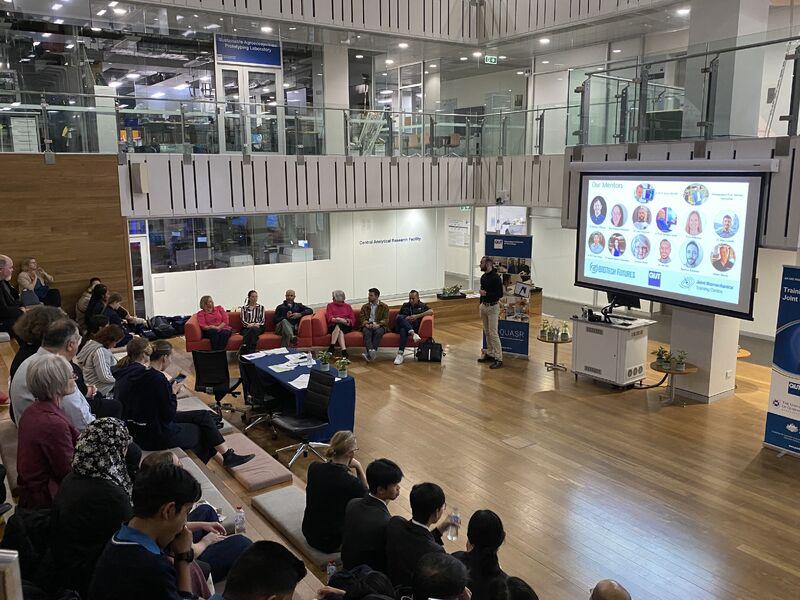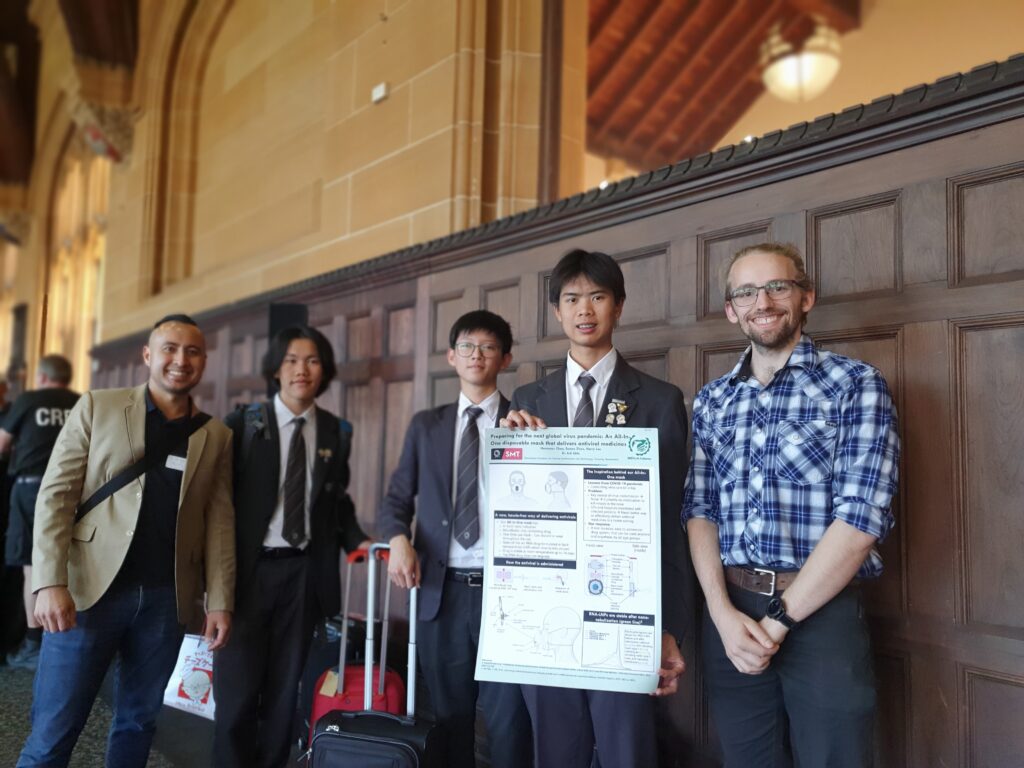
The BIOTech Futures 2023 National Symposium was held at the University of Sydney on Monday the 23rd of October. This event is one of our premier engagement events of the year at the ARC Training Centre for Joint Biomechanics as we strongly believe that the education of our future researchers and innovators is essential to meet the problems of our changing world. The BIOTech competition provides a substantial platform for high school students to hone such problem-solving skills and to present innovative ideas supported by mentors.
This saw the progression of our Queensland teams that placed at the QLD BIOTech competition as held at the Queensland University of Technology in early May at the centre. The QASMT, Mansfield SHS and Stretton SC teams presented alongside 327 students from NSW, QLD and VIC, in addition to international teams from New Zealand, Jordan, Romania and the USA and were supported by 120 academic mentors across 103 research projects.
The Mansfield team presented their innovative biotechnology solution with their ‘Sun Shield: Empowering Australian Youth Through AI-Assisted Digital Sun Safety’ app. This was a great show of innovation from the team comprising of Isabella Zhang, Taryn Robinson, Eliza Sawyer, Bhavy Garg and Xin Zhou and led by mentor Mr Luke Hipwood and their teacher Dr Akram. This was an amazing result to see them win the workshop award for creating a robotic arm, as well as their success winning the national prize for best prototype.
The QASMT team, our QLD champions, also presented their impressive idea from their research on virology and medtech innovation to protect against air-borne viruses and to effectively treat them with the ‘An All-In-One disposable mask that administers antiviral RNA medicine nano-nebulization’. The team was under the mentorship of Dr Adi Idris, and teacher Jack Batson with students Hermaan Chen, (Sonny) Song Xiang Zhao, & Harry Lee.
Representing QLD in the competition, Stretton SC (comprised of Judy Abdelrahman, Sandy Gadelrab, Bielle Soon & Nandini Bhagwati) were also proud to compete in the best report and best prototype categories for their project “Understanding Consumer Perspectives on Microplastics: Survey Insights for Sustainable PCCPs” under the mentorship of Dr Jan Zhang and teacher Andreea Ryalls.
A key highlight of the day was the additional networking and educational opportunities provided by plenary speaker Prof. Hugh Durant-Whyte, the NSW Chief Scientist who provided the Welcome Address, as well as presentations from D/Prof. Fang Chen, Executive Director of University of Technology Sydney Data Science with their talk “Embracing Technology Advancement for Transformative Impact,” and Prof. Ali Abbas, the Sydney Najno Director of Waste Transformation Research Hub and Laboratory for Multiscale Systems.
As best captured by BIOTech Futures Founder & Director Prof. Hala Zreiqat AM’s resonant words, the event is a significant developmental opportunity for young Australians as “ambitious students have the ability to develop innovative ideas and technologies that can change the world. BIOTech Futures rewards those who have the persistence and tenacity to develop their ideas.”
Overall, it was great to see our partner University of Sydney and industry sponsors Melbourne Bioinnovation Student Initiative and ARC CMIT to collaborate on such a large-scale project to deliver an educational experience that inspires the next generation of researchers and innovators. Thank you to the judging panel A/Prof. Mate Biro from UNSW (University of New South Wales), Prof. Chris Little from USYD (University of Sydney), Prof. Lenka Munoz from USYD and Ms Betty Zhang of the Melbourne Bio Innovation Student Initiative (MBSI) for the advice and insight into the field.
The ARC Training Centre for Joint Biomechanics looks forward to supporting the QLD chapter in 2024.
